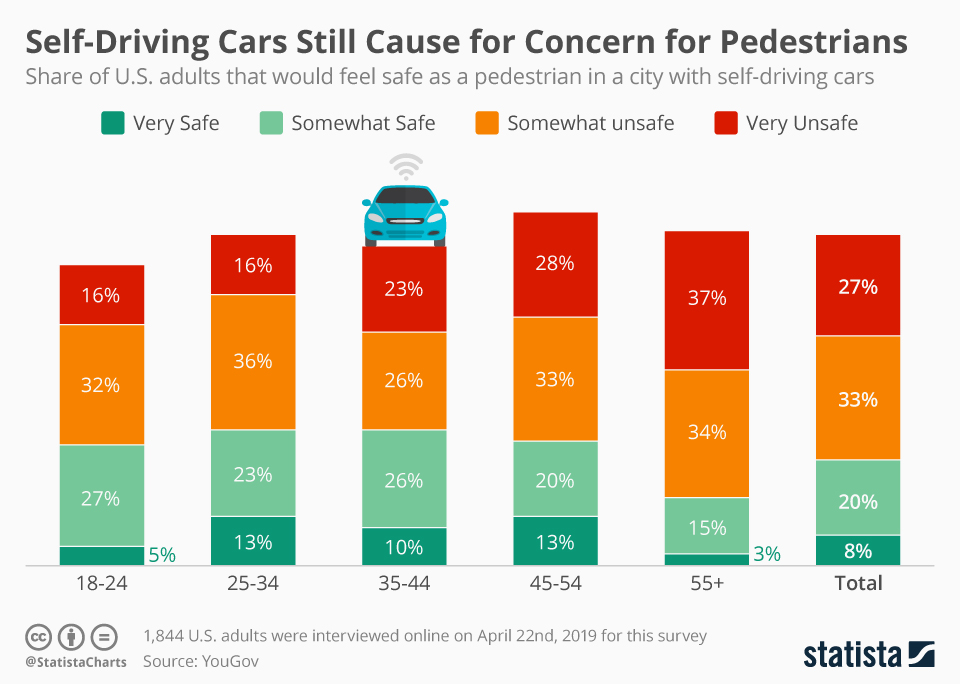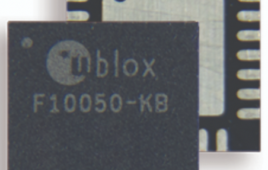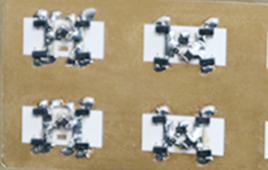Elon Musk promised to put a million of Tesla’s self-driving cars on the streets in the next year. While Musk is confident in the viability and safety of Tesla’s technology, the general population seems to be a little more hesitant to cheer on autonomous car advancements, according to YouGov. Less than 30 percent of people surveyed felt very safe or even somewhat safe as a pedestrian in a city with self-driving cars. About six in ten American polled felt somewhat unsafe or very unsafe if they were walking around in cities with self-driving cars. Age impacted how respondents viewed autonomous car safety, with older respondents being less likely to see self-driving cars as safe for pedestrians. Only 3 percent of adults polled over 55 see the technology as very safe.
Tesla’s competitors are cautioning their investors on the long road ahead to full automation, while Tesla believes it can achieve its ambitious goal in part because of how Tesla’s autonomous vehicles differ from other companies. Tesla will not rely on geocoded maps and LIDAR sensors to guide where and how its cars drive. The company has made major advancements in its Autopilot software which has been incorporated into some of its cars since 2015. Whether or not Tesla can live up to its ambitious goal depends not just on the technological strides the company makes, but also the logistic ones. A huge weakness in recent quarters has been Tesla’s inability to deliver its cars.

(Image Source: Statista)




